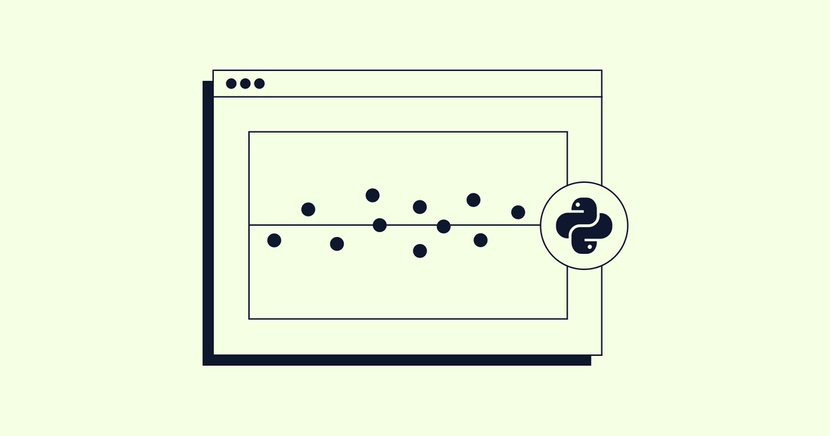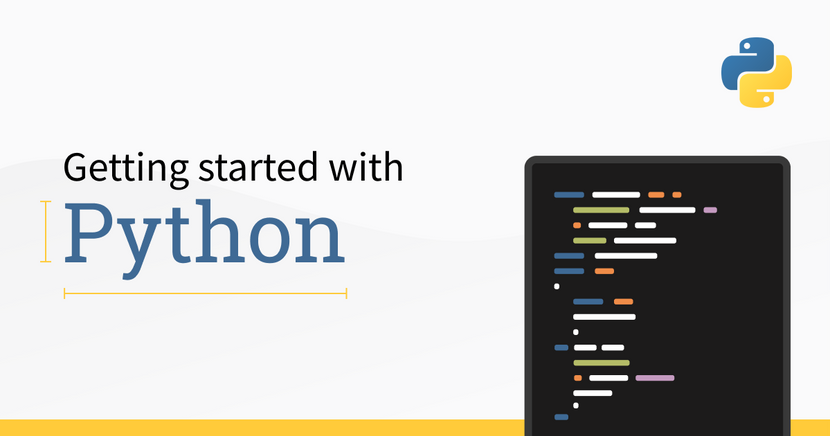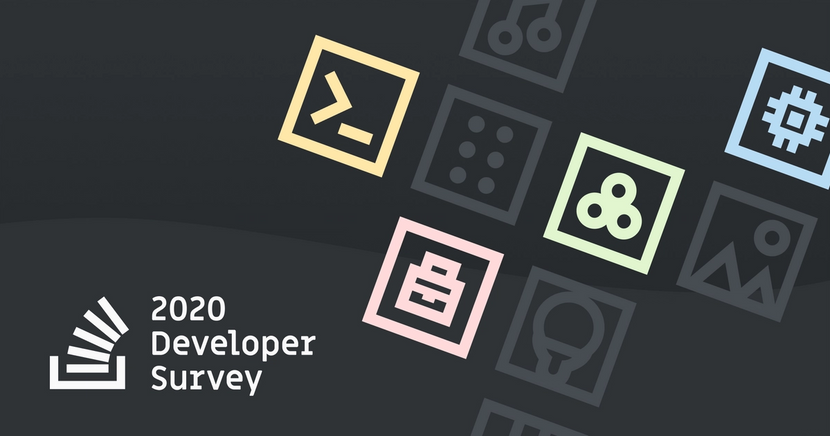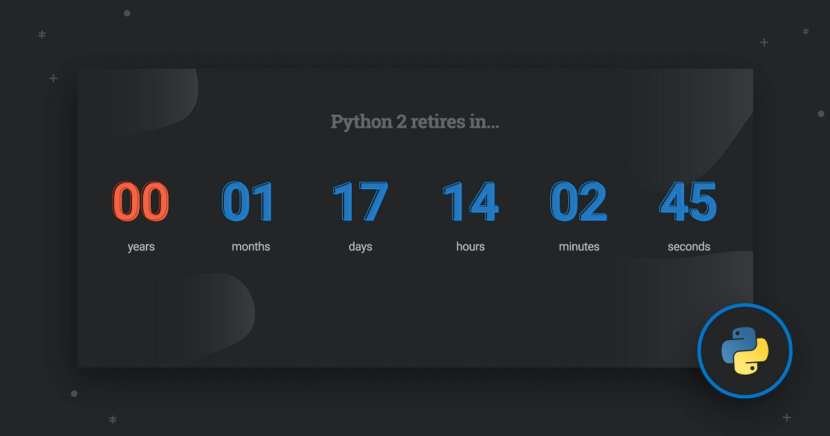Spreading the gospel of Python
On this episode: Al Sweigart is a software developer, developer advocate, and author of ten Python books. He tells Ben and Ryan why he’s such a fan of the language, why it’s a great programming language for beginners, and how it became the default for so many data science and backend AI projects.










